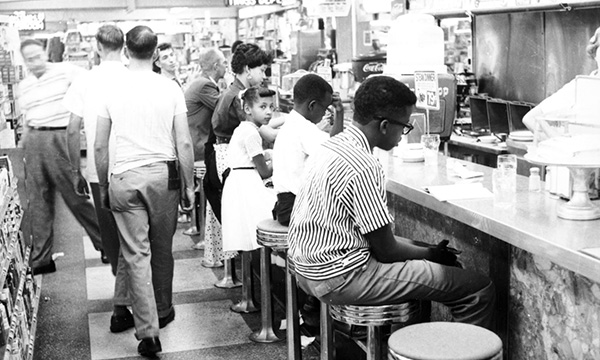It’s impossible to imagine today, but there was a time when Oklahoma, like many states, was profoundly and explicitly divided by race.
Restaurants, grocery stores, service stations, and many other places displayed signs that read “Whites only,” “Blacks not welcome,” and other messages that denied service to black Americans.
And while not all businesses directly denied service to black people or other people of color, many others would divide their service areas, counters, drinking fountains — you name it — into “whites” and “colored” areas.
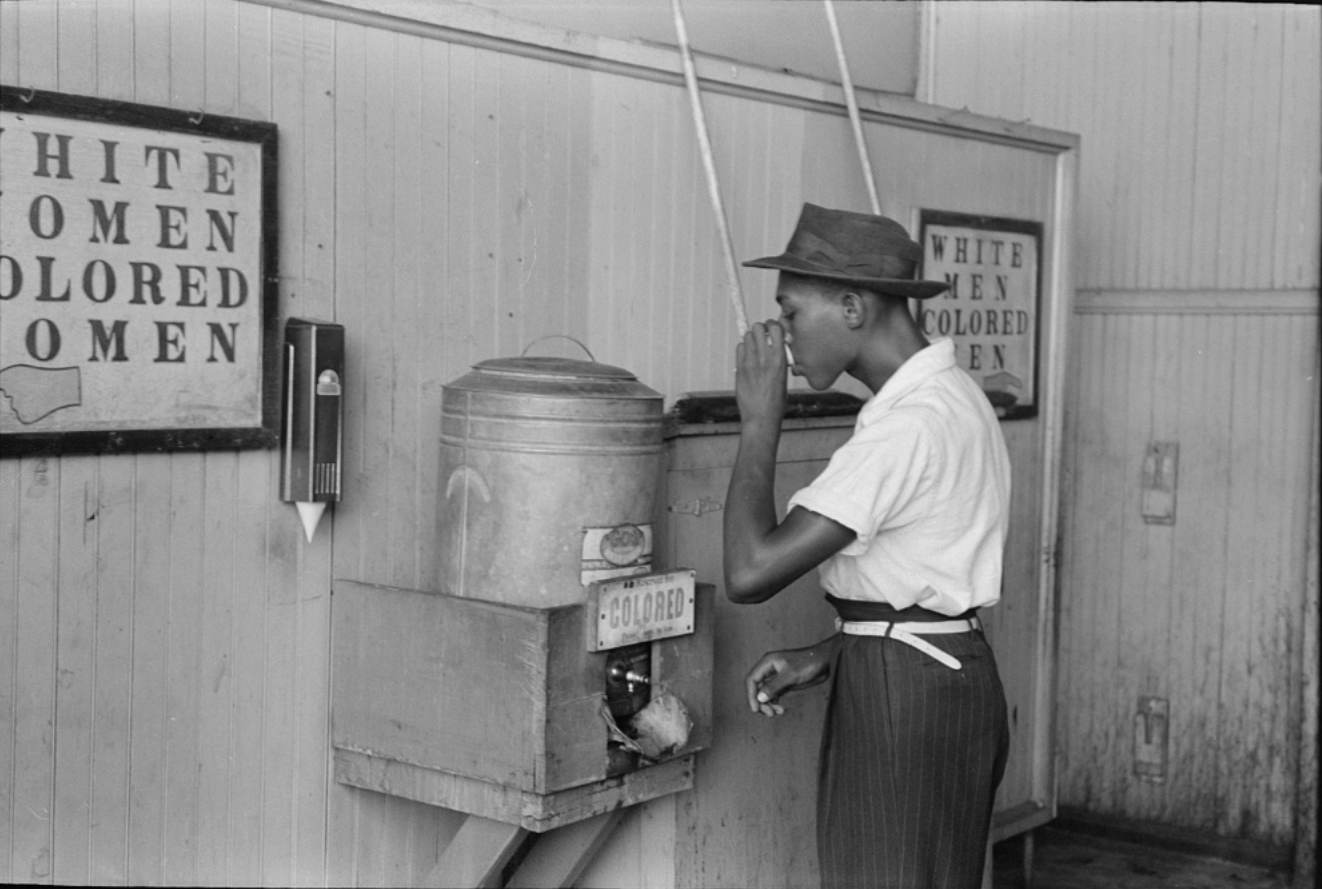
Thankfully, such explicit division is unthinkable today because of brave people who rose up to fight this injustice and inequality throughout Oklahoma's history.
One of these impactful methods of peaceful protest which broke down the walls of segregation were the sit-ins championed by heroes like Clara Luper.
Let’s look together and learn more about this era of Oklahoma history, understand the injustice of segregation and racism, and meet the people who made the civil rights movement in Oklahoma the force for transformative change that we celebrate today.
What was Segregation and How Did it Start in Oklahoma?
After the Civil War, Congress ratified the 13th Amendment, which abolished slavery, setting enslaved black people free throughout the United States. Naturally, to the southern states, which had fought to preserve slavery, this was hotly contested and begrudgingly accepted.
Seeking to push back against this abolition, many of the southern states, which heavily relied on enslaved black people's free labor, sought to restrict the lives of formerly enslaved people to ensure access to cheap labor was still available.
These restrictions and unjust laws became known as The Black Codes. These laws laid out where black people in these states could live, work, and effectively dictated every aspect of how they could live in a post-slavery southern U.S.
Over time, these Black Codes became known as "Jim Crow" laws — a name taken from a popular blackface character at the time. These Jim Crow laws restricted everything from voting rights, educational access, housing, and so much more, thus segregating black Americans from their white counterparts and alienating them from much of society.
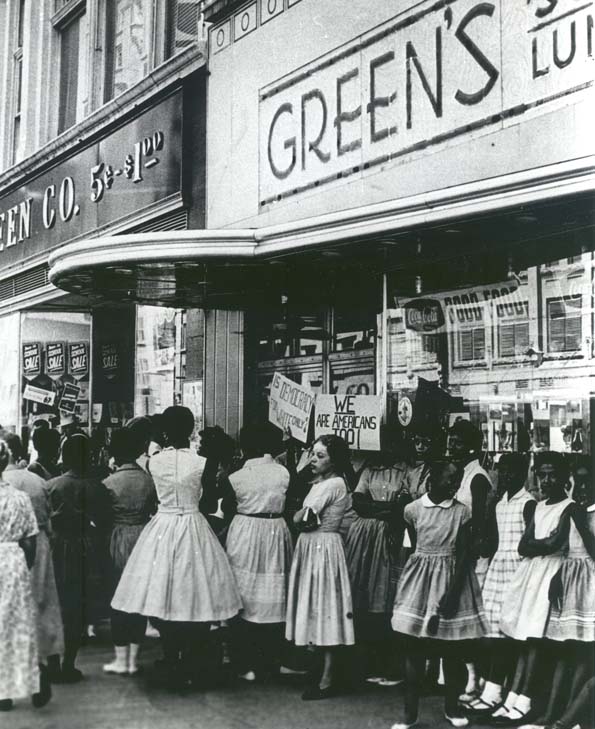
(Attribution: 16934, Oklahoma Historical Society Photograph Collection, OHS)
How Did Segregation Affect Black Americans in Oklahoma?
Before 1968, much of Oklahoma still had many of the same Jim Crow laws in effect since they had initially passed in the post-Civil War era.
This meant that if you weren’t white, you might be forced to use a separate entrance to businesses or public areas, unable to use the same services, or even denied entry to someplace altogether.
And this didn’t just affect black people’s ability to access goods and services. Neighborhoods, housing, education — all of these and so much more was restricted or outright denied to black Americans.
“You think back and say, ‘How much money did you spend to keep us separated? Not only did you have restrooms for blacks, you had to divide those restrooms, male, female, so you just went through a lot of trouble to separate us.’ ”
— Joyce Henderson
Chapter 5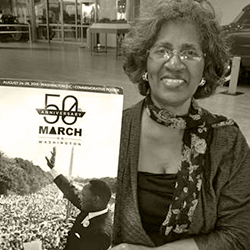
For black Americans in Oklahoma, this meant that life was simply harder than that of their white counterparts. Without the same access to opportunities, education, services, and freedoms that made life possible for everyone else, it was incredibly difficult to make a good living for yourself or your family.
Every day, black Americans were overtly and subliminally reminded of how they were seen as inferior to the white majority.
“...They were more sophisticated than that. You can go and sit and not be waited on. Or, they could take your order and by the time you got it it was cold or it wasn’t what you ordered, or you were charged extra, or some rude and crude individual would say, “Get out of here!” and use the “n” word.”
— George Henderson
Chapter 10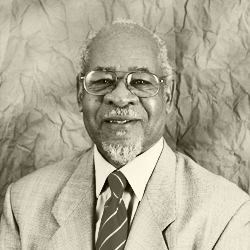
However, while the Jim Crow laws and the zeitgeist of 1960s America was powerfully oppressive, the unshakeable determination of those who would fight against these unjust laws was all the stronger, and forging a path for a new movement of equality and justice: the civil rights movement.
What was the Civil Rights Movement?
The civil rights movement was a transformative era throughout the 1950s and 1960s that consisted of impassioned marches, protests, and other demonstrations to fight for equal rights for black Americans in the United States.
Led by champions of social justice, such as Martin Luther King, Jr., W.E.B. Du Bois, Thurgood Marshall, and many others, the civil rights movement wasn’t a single event. It was a hard-fought struggle over centuries that sprang from the indomitable spirits of the original enslaved Africans that fought for their freedom.
Small acts of resistance — such as Rosa Parks refusing to move to the back of the bus in favor of a white passenger, which led to her arrest — paved the way for incredible, widespread movements where the voices of black Americans could no longer be ignored.
As the world watched, more and more black Americans in Oklahoma — many of whom were only teenagers — were inspired and took up the torch to champion equity and fight for reform.
What Were the Sit-ins and What was Their Purpose?
One of the forms of protest that arose during the civil rights movement was the “sit-in.” Sit-ins were demonstrations where groups of black Americans and their allies would sit in at restaurant counters and other areas that were reserved for whites only.
Their purpose? To inspire other black Americans and those who would stand with them, to demand equal rights and access, and to demonstrate that black people had every right to dine, work, live, and thrive in the same places as white Americans.
“...The thing that still astonishes me today is that grown-up people would say ugly things to kids. They would call us all kind of names and pour coffee on us, and push us, and spit on us, and cough in our faces, and all those kind of things.”
— Joyce Jackson
Chapter 3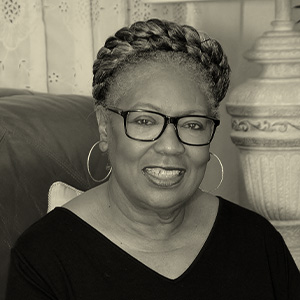
These protests were largely peaceful but in many cases, were met with anything other than peace in response. Spat on, punched, kicked, verbally harassed, and often threatened with death, those that saw these sit-ins as a threat to the status quo sought to forcefully shut them down however possible.
The sit-ins were dangerous, mentally and emotionally arduous, and even life-threatening. But, more importantly, they were eye-opening and inspiring. Eye-opening to the myopic views of white people who didn’t think that things were really that bad for black people, inspiring for the black Americans that doubted real change could ever be won, and emboldening for a new generation of Amercians to change how they saw their fellow man.
Who Organized the Sit-ins During the Civil Rights Movement in Oklahoma?
While many people helped fight against the oppression and injustice of racism and segregation during the civil rights movement, you can’t mention the sit-in movement without talking about Clara Luper, the mother of the civil rights movement in Oklahoma and the originator of the sit-in movement.
In 1958, Clara Luper and her students from the Oklahoma City NAACP Youth Council were invited to New York City to perform the play she wrote, Brother President, about Martin Luther King Jr. It was that trip that became the catalyst for the beginning of the sit-in movement in Oklahoma City and the country.
“...they were as determined not to serve us as she was determined that we were going to be served.”
— Marilyn Luper, Daughter of Clara Luper
Chapter 5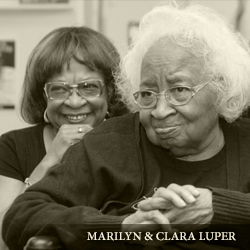
One of Clara’s students was her daughter, Marilyn. It was seven-year-old Marilyn who suggested the group go down to Katz Drug Store in Oklahoma City, OK to order a Coca-Cola and some burgers. The date was August 19th, 1958, and it became the nation’s first nonviolent lunch counter sit-in. On the third day, Katz staff served the group their order. The Katz chain soon ended its segregation policy in all 38 of its stores in 4 states.
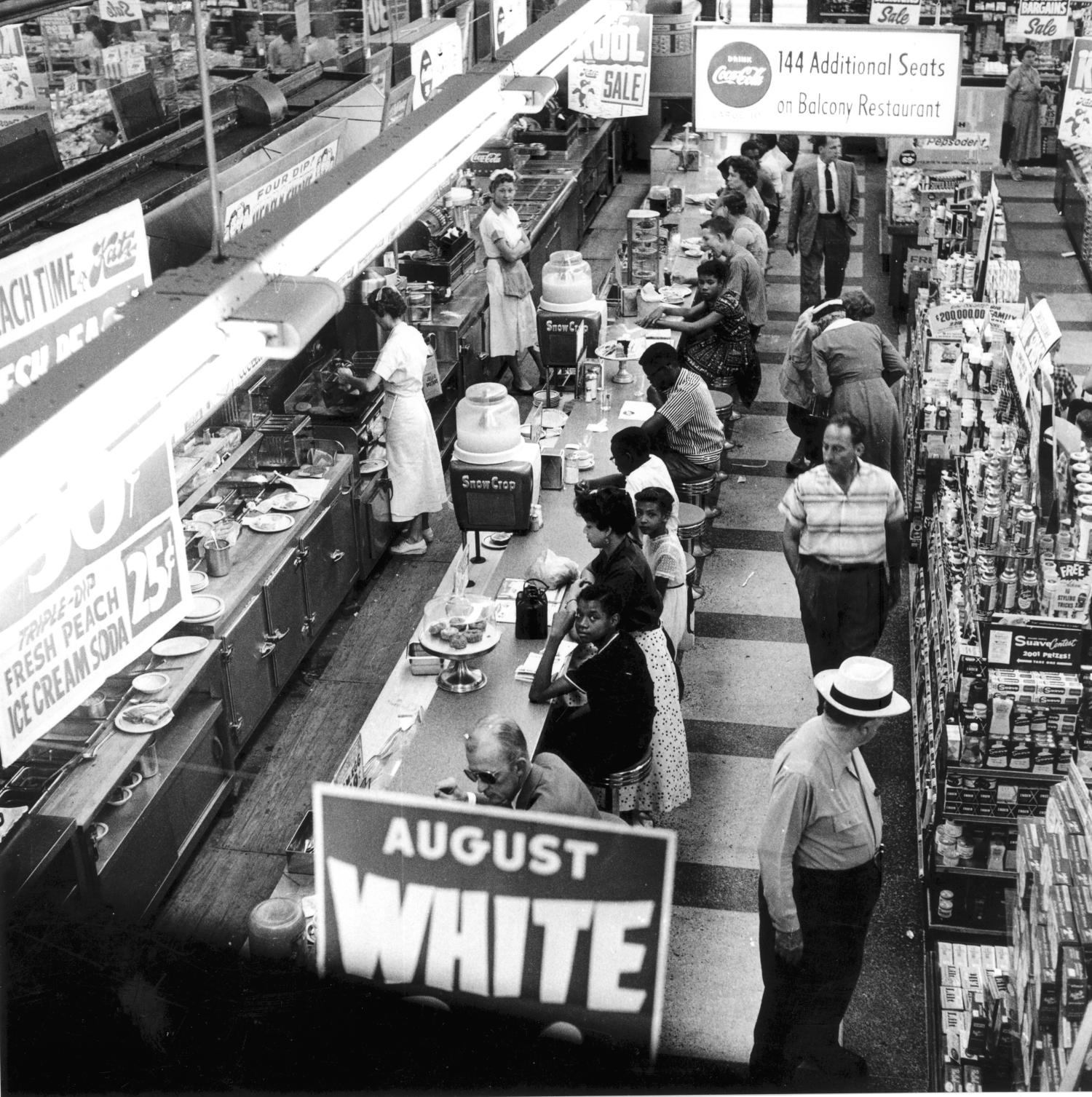
(Attribution: Oklahoma Historical Society, John Melton Collection - 1958)
Adults were not made a part of the sit-in for fear of violence. But it was the thirteen children of the youth council ranging in age from 7 to 15 — children — who endured insults, threats, and even spit from angry, white customers.
From this act of nonviolent resistance, sit-ins sprang up nationwide as more black Americans were inspired by the unwavering fortitude of Clara Luper and her students, paving the way for a revolutionary change in America.
What Impact Did the Civil Rights Sit-ins Have in Oklahoma?
The sit-ins had a profound, two-pronged impact within Oklahoma during the civil rights movement.
First, black Americans recognized that they had the power to truly change the status quo by standing united in protest against these unjust laws. Inspired by the acts of Rosa Parks, Clara Luper, and many others, the black populace was empowered to push for change in their towns, cities, counties, and states across the country.
Lastly, white Americans were woken up to the fact that black people weren’t going to stand for the constant mistreatment anymore. Moreover, and more directly impacting the pocketbook, white business owners realized there was little profit in maintaining segregation policies, and they risked losing even more business as more and more whites joined with black people in standing against this unjust standard of systematic inequality.
“At the 1959 National NAACP Convention there was a report filed by the Youth in Congress division that talked about the great success that the young people in Oklahoma had with the sit-in movement that led to the whole regional chain of restaurants changing their policy. And in that room were the students from South Carolina, Greensboro. They listened to what was done, went back to Greensboro, and they did it there. And then Greensboro since got the credit for being the first, but it wasn’t. It was in Oklahoma City.”
— Bruce Fisher, son of civil rights leader Ada Lois Sipuel Fisher
Chapter 26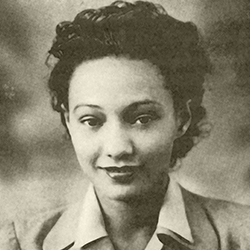
Together, these transformative realizations and the actions that sprang from them rippled across Oklahoma and the other southern states. Over time, more and more businesses, churches, public areas, services, and even schools desegregated and began to welcome black people.
Ultimately, the work of civil rights leaders and the throngs of brave black Americans who fought for equality culminated in the passing of the Civil Rights Act of 1964, which outlawed the discrimination of a person or people based on race, religion, sex, color, or national origin throughout the United States.
As the work of the civil rights movement continued, more victories were won, including:
The Voting Rights Act of 1965
This law prevented the use of literacy tests as a voting requirement and allowed federal entities to review voter qualifications and observe polling places.
Civil Rights Act of 1968
Signed into law by President Lyndon B. Johnson, it expanded upon the Civil Rights Act of 1965. Titles VIII (8) and X (10) of the act are also known as the Fair Housing Act, which outlawed discrimination concerning the sale, rental, or financing of a house based on race, religion, national origin, and after its expansion in 1974, gender.
Though the sit-ins were only one part of the greater fight against racism and social injustice, it played an indelible role in opening up the eyes, hearts, and spirits of black and white Americans alike, helping black people recognize their power, and opening the eyes and hearts of the white majority — creating lasting change for the state and the nation.
Moreover, the effect of these victories didn’t just create a more equitable society for black Americans. The changes they fought for and helped pass into law also directly benefited Native Americans, women, and other minorities throughout the country to this very day.
What is the Legacy of the Oklahoma Sit-ins?
While racism and discrimination might feel like a defeated relic of the past, it thrives when people harden their hearts, close their eyes and ears, and fail to recognize the humanity of their fellow Americans.
The Oklahoma sit-ins taught us, and teach us to this day, that injustice never evaporates on its own. Power, especially power wielded to oppress, is never given up willingly.
Equity, equal rights, freedom — all of these things must be paid for by constant vigilance, compassion, and, at times, sacrifice.
The sit-ins show us that change doesn't always demand violence but can only happen by working together, recognizing one another's humanity, and agreeing that a more equitable world is worth fighting for.
“They’re standing on the backs of blood, sweat, and tears of people that paid the price so that they can be there. And they have a responsibility, a responsibility that other young kids coming up in this nation to tell the story. Because we have to be able to celebrate ourselves, make people feel good about where they’ve come. Because if they don’t understand where they’ve come from, then they cannot understand where they’re going.”
— Marilyn Luper, Daughter of Clara Luper
Chapter 11
The struggle against racism and discrimination may never truly end. But as long as there are brave people who aren’t afraid to stand for what’s right, there’s always hope for a more equitable future.
To quote the great Dr. Martin Luther King, Jr.: “The arc of the moral universe is long, but it bends toward justice.”
Thank You for Reading
Thank you so much for spending your time with us and learning more about the sit-ins and their effects within the larger civil rights movement in Oklahoma.
Educational content like this, which infuses Oklahoma history with the stories and voices of those who lived through it — and even influenced it — is only made possible by readers and donors like you.
A gift of any amount helps us continue our mission to preserve, protect, and share the voices and stories of Oklahoma’s people and history.

